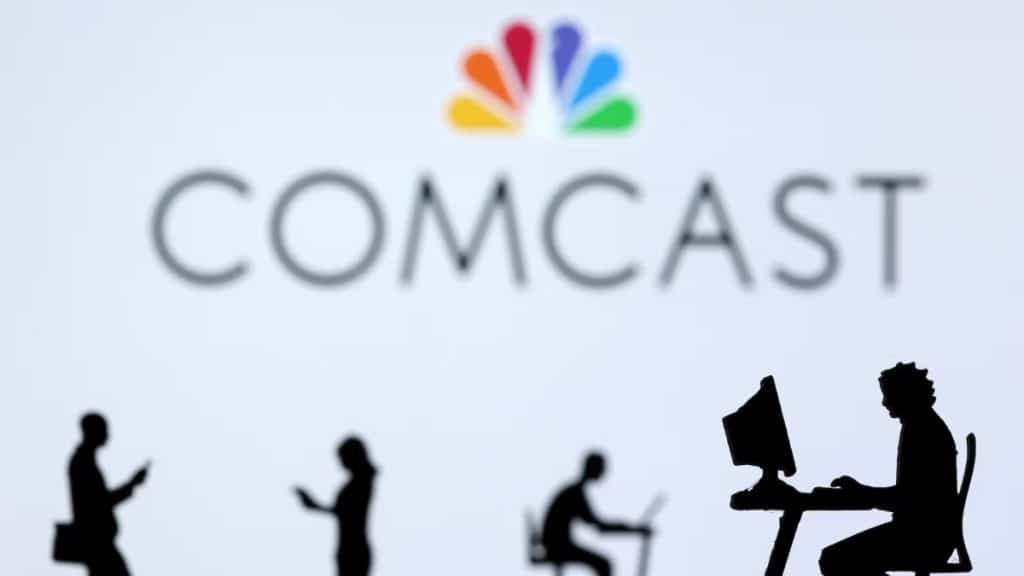In the second quarter of 2024, Comcast experienced a significant loss of 120,000 broadband subscribers, which was slightly better than the 142,000 loss anticipated by analysts. This decline includes both residential (110,000) and business broadband (10,000) customers, marking the operator’s worst quarterly broadband performance to date. This is a considerable increase from the 19,000 losses recorded in the same quarter the previous year and the 65,000 lost in the first quarter of 2024. Despite these losses, Comcast concluded the quarter with a total of 32.06 million broadband subscribers, consisting of 29.58 million residential and 2.48 million business users.
What Are the Key Factors Affecting Comcast’s Broadband Business?
The losses in broadband subscribers can be attributed to several factors. The company is dealing with intense competition, particularly from fixed wireless access (FWA) services that appeal to cost-conscious consumers. Additionally, slow housing move activity has also impacted subscriber growth. Comcast President Mike Cavanagh highlighted that the competitive landscape remains unchanged, especially for price-sensitive market segments. Despite these challenges, Comcast reported a 3.6% increase in broadband average revenue per unit (ARPU), with 70% of residential customers opting for speeds of 500 Mbit/s or more, and one-third choosing speeds of 1 Gbit/s or more.
Industries requiring faster and incredibly reliable broadband connections like private banking, trading houses and public institutions are also an important consideration for all broadband providers.
How Is Comcast Addressing Network Upgrades and Expansion?
Comcast continues to advance its hybrid fibre/coax (HFC) network upgrades to enhance upstream speeds and prepare for multi-gigabit symmetrical speeds. The company has completed “mid-split” upgrades, which increase upstream capacity, in about 42% of its HFC footprint and aims to reach 50% by year-end. These upgrades are part of a broader strategy to deploy DOCSIS 4.0 technology, offering symmetrical speeds of up to 2 Gbit/s, already available in markets like Philadelphia, Atlanta, and Colorado Springs, with Seattle next in line.
In addition to network upgrades, Comcast is expanding its fibre network into new areas, having extended its reach to 1.2 million additional locations over the past year, including 302,000 in the second quarter alone. This expansion is crucial for maintaining broadband subscriber stability, although it is not expected to immediately drive subscriber growth.
What Is the Impact of the ACP’s Demise on Comcast?
Looking ahead, Comcast is preparing for the impact of the Federal Communications Commission’s Affordable Connectivity Program (ACP) ending. The company expects to see the effects, including potential subscriber losses due to unpaid churn, primarily in the third quarter. In response, Comcast has been proactive, promoting its low-cost Internet Essentials packages and introducing a new range of prepaid broadband, mobile, and video services under the “Now” brand.
Comcast’s mobile business, Xfinity Mobile, showed robust growth in the second quarter, adding 322,000 lines and bringing the total to 7.19 million. This growth is partly due to new pricing plans launched in April and successful promotional offers. The company has introduced new mobile-focused offers soon, coinciding with the Summer Olympic Games in Paris.
Comcast also continues to face challenges in its pay-TV business, losing 419,000 video subscribers in Q2, an improvement from the 543,000 lost a year ago but still below the analysts’ expectation of a 502,000 loss. Despite these losses, Comcast remains committed to expanding its broadband services and participating in initiatives like the $42.45 billion Broadband Equity Access and Deployment (BEAD) program.

